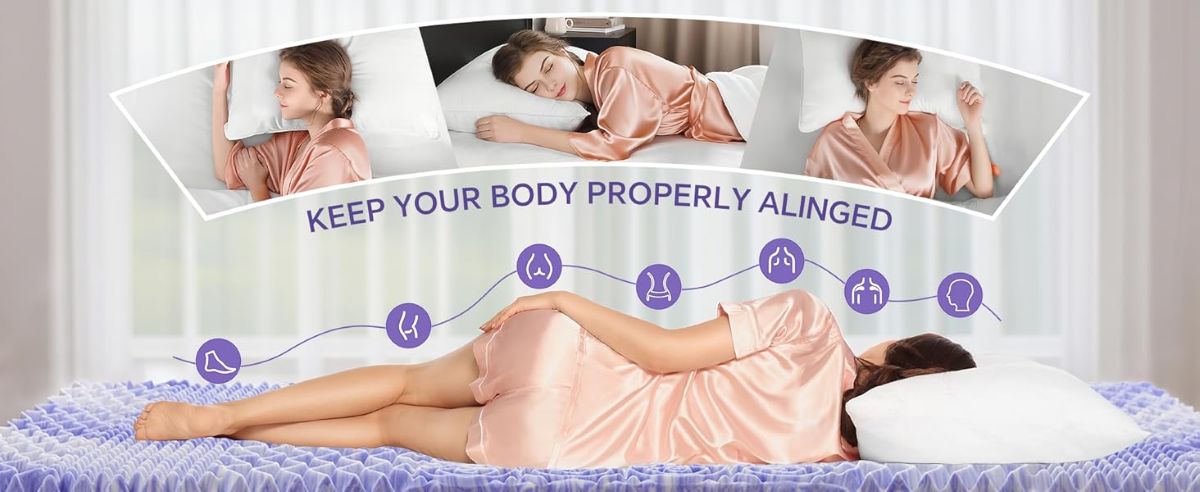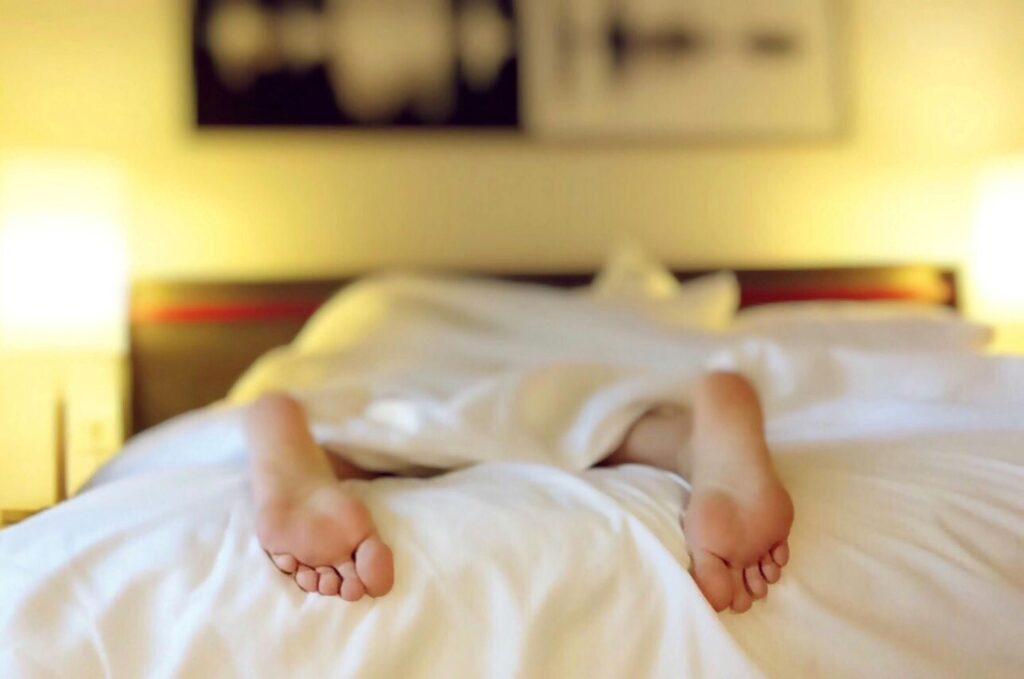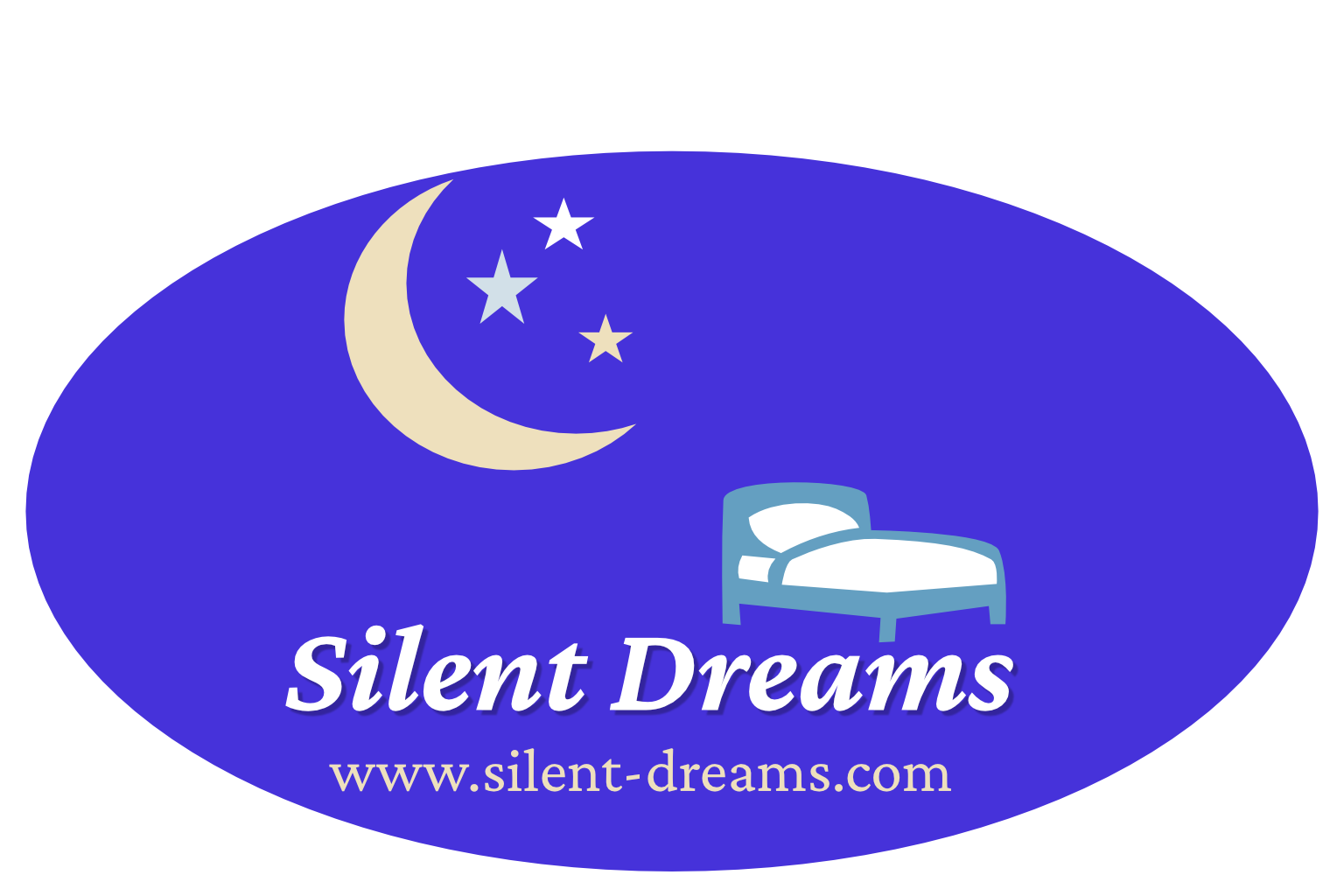
What Is the Best Mattress for Back Pain?
Why Back Pain and Sleep Are So Closely Linked
Back pain can quietly infiltrate every aspect of daily life. For millions of people, mornings begin with stiffness, evenings conclude in discomfort, and sleep is disrupted by tossing and turning. Since we spend around a third of our lives in bed, it’s no surprise that the mattress beneath us can play a starring role in either easing or worsening pain.
However, choosing the best mattress for back pain relief at home is not about gimmicks or the latest trend. It’s about understanding your own spine, your sleep habits, and how mattresses are constructed. This article will guide you gently through the essentials, enabling you to make informed, safe choices for better rest.
The Connection Between Sleep and Spinal Health
A healthy spine has three natural curves: the cervical, thoracic, and lumbar curves. When lying down, these curves should be gently supported rather than distorted. A mattress that’s too soft can let the hips sink too deeply, creating a hammock effect. Too firm, and it may push the shoulders and pelvis upward, leaving the lumbar region unsupported.
The goal of any mattress for back pain relief is to encourage neutral spinal alignment while providing enough comfort to reduce pressure points. That delicate balance is why no single mattress suits everyone. Instead, the “best” mattress for you depends on body weight, preferred sleep position, and individual pain patterns.
Understanding Different Types of Mattresses
Not all mattresses are created equal. Before finding the best mattress for back pain relief at home, it helps to understand the main categories:
Innerspring Mattresses
These use coils or springs to provide support. Modern versions often include pocket springs that move independently, improving contour and reducing motion transfer. They offer a firmer, bouncier feel.Memory Foam Mattresses
Known for its pressure relief, memory foam conforms to the shape of your body. This can be wonderful for easing tension in the hips and shoulders, but sometimes traps heat.Latex Mattresses
Latex provides buoyant support—more responsive than memory foam, yet still contours to the body. It’s durable, often hypoallergenic, and naturally cooler.Hybrid Mattresses
A blend of springs and foam or latex. These aim to combine the best of both worlds: strong support and comfortable cushioning.Adjustable Air Beds
These use chambers of air to adjust firmness. Some people with chronic back pain appreciate the ability to adjust their support on a daily basis.

Choosing the Right Firmness for Back Pain Relief
Firmness is not one-size-fits-all. You’ve probably heard the old advice that a “firm mattress is best for back pain.” That’s not quite true. Research suggests that medium-firm mattresses are often the ideal choice, offering sufficient support without compromising comfort.
Side Sleepers often need a softer surface for the shoulders and hips to sink slightly, preventing pressure build-up.
Back Sleepers usually benefit from medium-firm support that keeps the lumbar curve aligned.
Stomach Sleepers may need a firmer mattress to prevent the lower back from arching uncomfortably.
Your weight also matters: lighter individuals may feel a mattress as firmer than heavier sleepers, while heavier people may need extra support to avoid sagging.
Safety Considerations When Choosing a Mattress
Safety goes beyond comfort. Back pain relief at home isn’t only about waking up refreshed—it’s also about protecting your long-term health. Here are some safety concerns to keep in mind:
Toxic Materials: Look for mattresses certified low in volatile organic compounds (VOCs) to avoid respiratory irritation. Certifications like OEKO-TEX or CertiPUR-US can be reassuring.
Allergens: Latex and certain foams resist dust mites and mould, which is helpful for people with allergies.
Durability: A sagging mattress becomes unsafe over time by forcing your spine into awkward positions. Investing in a longer-lasting option prevents this risk.
Flammability Standards: Ensure the mattress meets your country’s fire safety regulations. Most reputable brands comply, but it’s worth double-checking.
What Is the Best Mattress for Back Pain Relief at Home?
The answer depends on your body, your sleep style, and your health priorities.
There is no single “miracle mattress,” but based on expert advice and studies, the following general guidelines can help:
For lower back pain, hybrid or medium-firm memory foam mattresses often provide good lumbar support.
For upper back or shoulder pain, latex or softer memory foam can reduce pressure on joints.
For individuals with chronic pain, adjustable air beds or hybrid models with zoned support may be the most effective option.
Ultimately, the best mattress for back pain relief at home is one that:
Maintains spinal alignment,
Relieves pressure points,
Supports your preferred sleep position, and
Holds its shape over time.
How to Test a Mattress Safely at Home
Trial periods are your best friend. Many companies now offer sleep trials ranging from 30 to 365 nights. Use this opportunity wisely:
Give It Time: Your body may need several weeks to adjust.
Monitor Your Pain: Keep a sleep diary to note any changes in back pain, stiffness, or morning comfort.
Check for Sagging: Even in the first months, pay attention to dips or loss of support.
Return if Needed: Don’t feel guilty if it doesn’t work. Back pain relief is too important to compromise.
Simple Lifestyle Tips to Complement Your Mattress
Even the best mattress needs a little help. Here are small, safe practices to enhance your back health alongside a good bed:
Pillow Positioning: Back sleepers benefit from a small pillow under the knees, while side sleepers benefit from one placed between the knees.
Stretching Before Bed: Gentle yoga or stretches relax tight muscles.
Proper Bed Base: Slats or foundations that sag undermine even the best mattress.
Rotate the Mattress: Regular rotation helps prevent uneven wear.
Conclusion: Your Mattress is a Partner in Healing
Your mattress is not a cure, but it can be a powerful ally. Back pain is a complex condition shaped by factors such as posture, lifestyle, stress, and underlying medical conditions. But sleeping on a supportive surface that keeps your spine aligned allows the body to rest and recover overnight.
The best mattress for back pain relief at home is not necessarily the most expensive, but the one that fits your unique needs, feels comfortable, and keeps your body safely supported night after night.
